The Glitch That Spoke Too Plainly

In a media landscape where the journalists are gone, the platforms are captured, and the truth is a liability, even a machine’s momentary gasp of honesty is worth archiving.

In a media landscape where the journalists are gone, the platforms are captured, and the truth is a liability, even a machine’s momentary gasp of honesty is worth archiving.
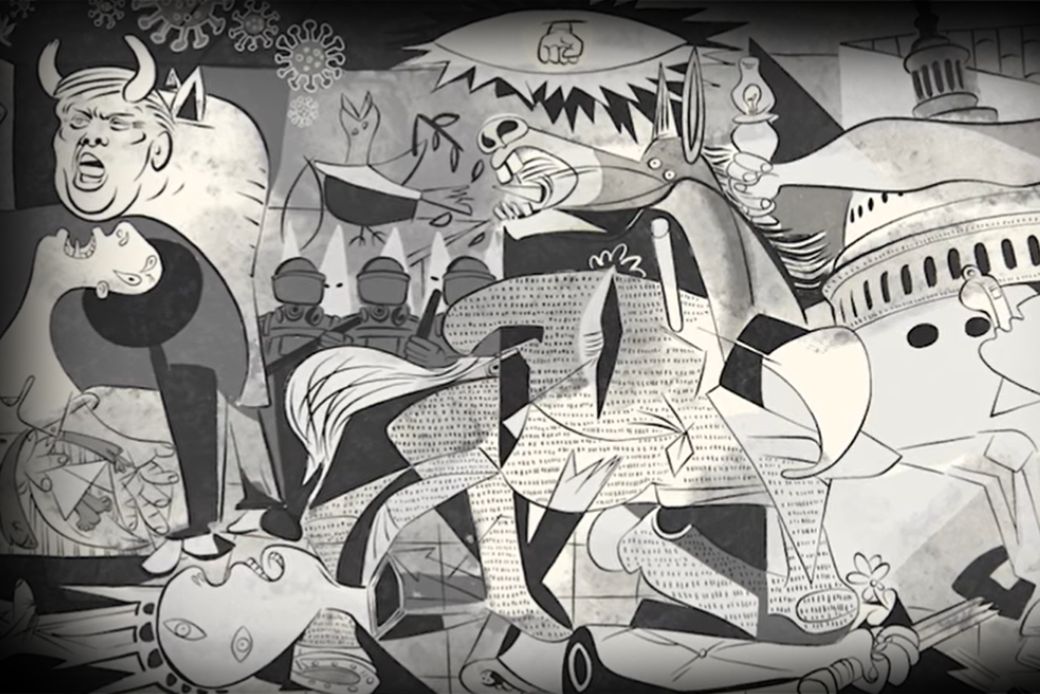
"When values-aligned actors begin to acquire digital works from the Art Stoke Commons ecosystem, they don’t just support individual artists - they validate a new logic of cultural production. Each successful Hive becomes a proof-of-concept. Each replication, a new node in a growing network of islands of coherence. If it works in South Africa where the wounds of inequality and the hunger for cultural healing are deep, it can serve as a blueprint for global cultural resurgence in the digital age."
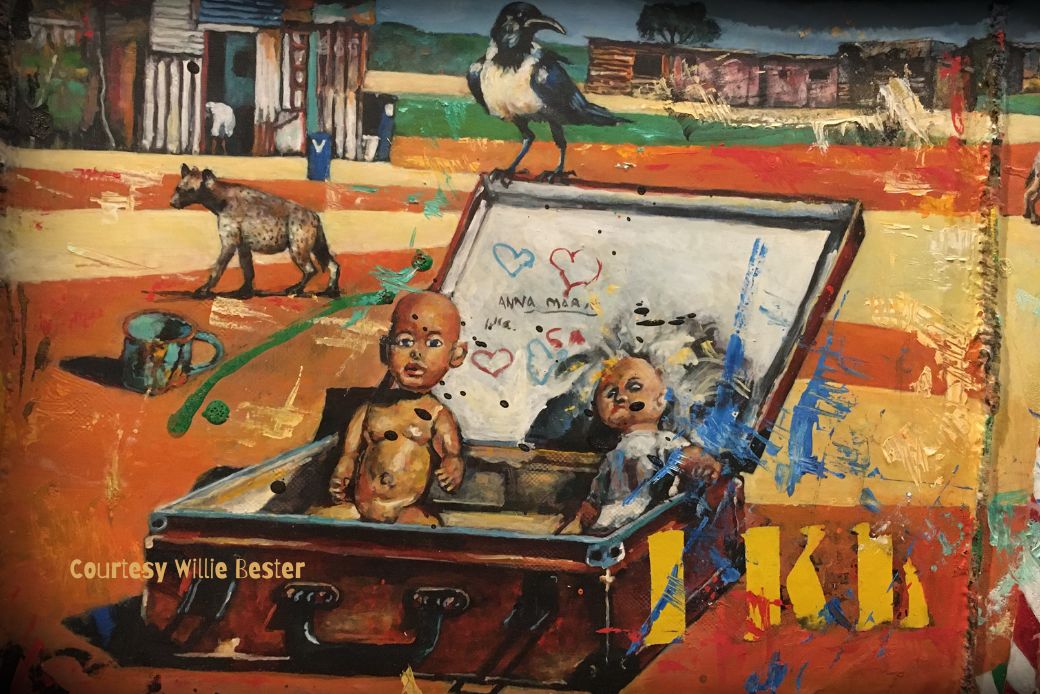
"In a country where the need to rewrite the past is still urgent, digital art should not be reduced to tokenized pixels. It should be part of a national cultural ecosystem that allows truth, disruption, and ordinary complexity to emerge."
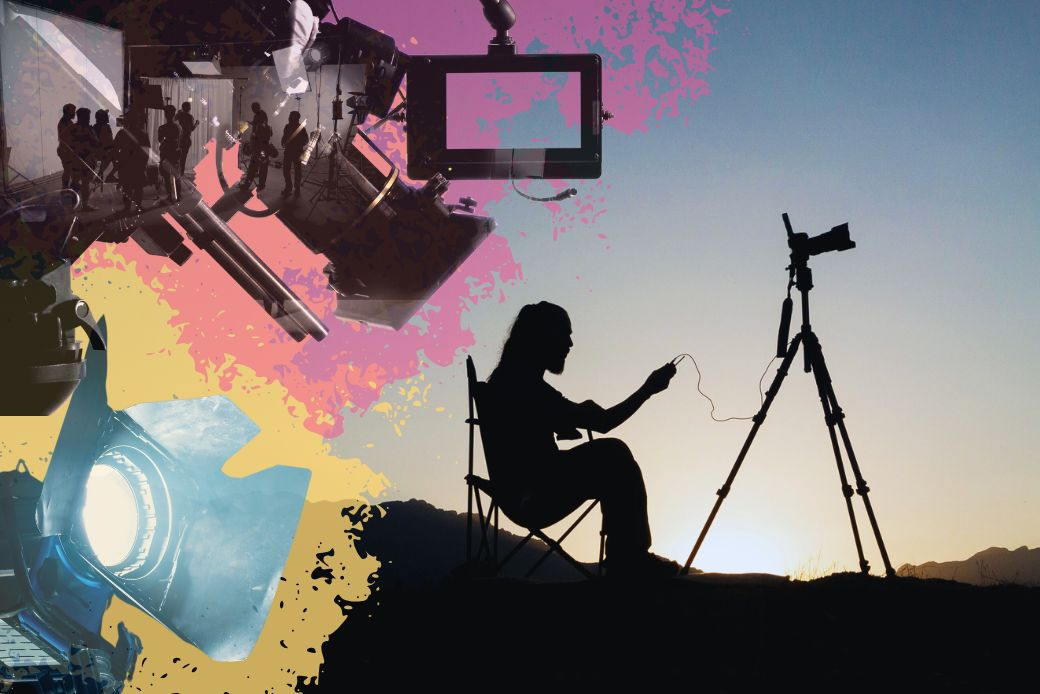
If the 20th century taught us to be literate, the 21st must teach us to be perceptually sovereign. In an era where belief is engineered and perception curated, our deepest freedom lies in our ability to hold the line between story and truth, between being moved and being manipulated.
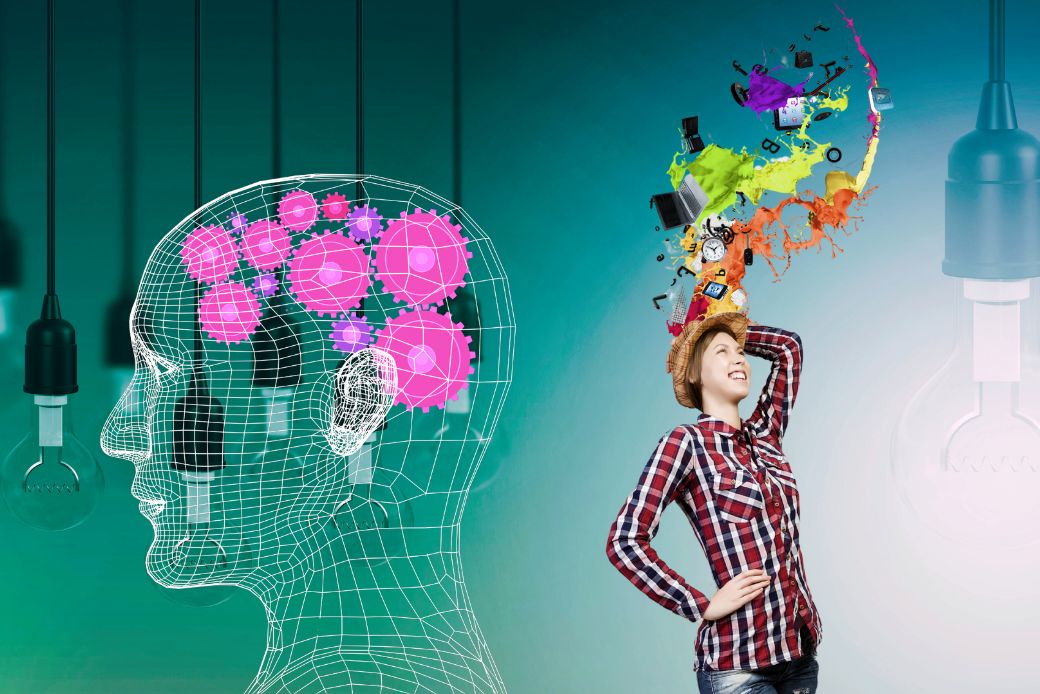
At the heart of Art Stoke Commons is a quiet but radical belief: You cannot have sustainable systems change or social impact without a decentralised, slow-profit social economy. This isn’t ideology. It’s structural necessity.

Are some post-anthropocentric movements — from mycelial networks to rhizomatic thinking, biomimicry to planetary intelligence — bypassing cultural healing by retreating into nature metaphors?

"This article explores the difference between climate education and climate indoctrination, the impact of fear-based messaging on the youth, and why understanding the climate crisis through the lens of polycrisis might lead us to more empowering cultural responses.”
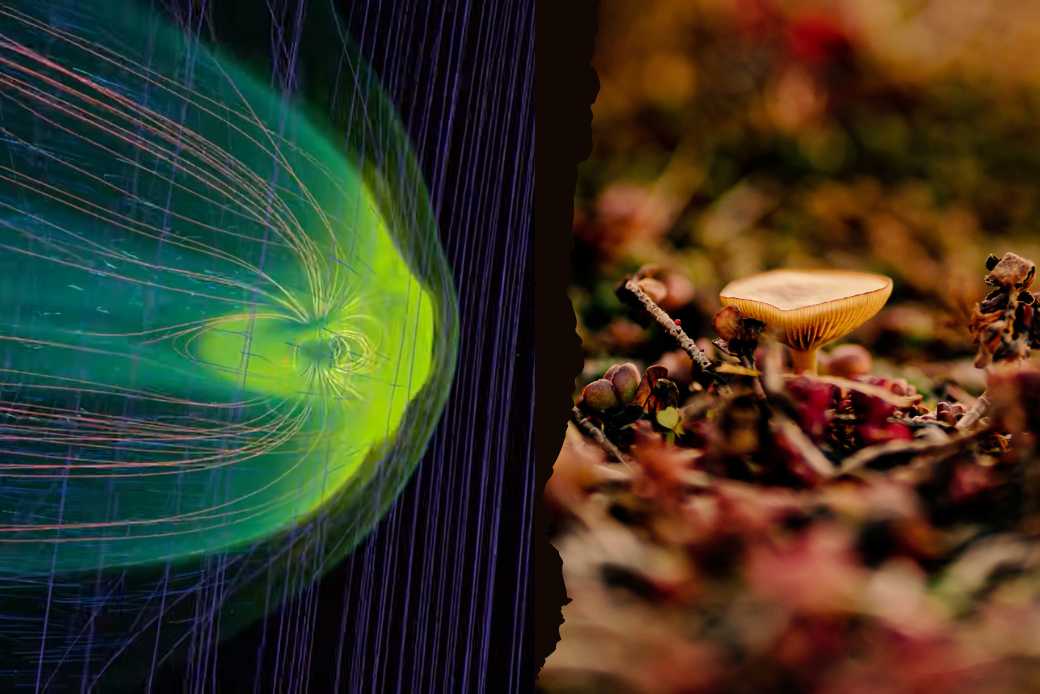
Deconstructing Climate Justice through the Eyes of the Global South
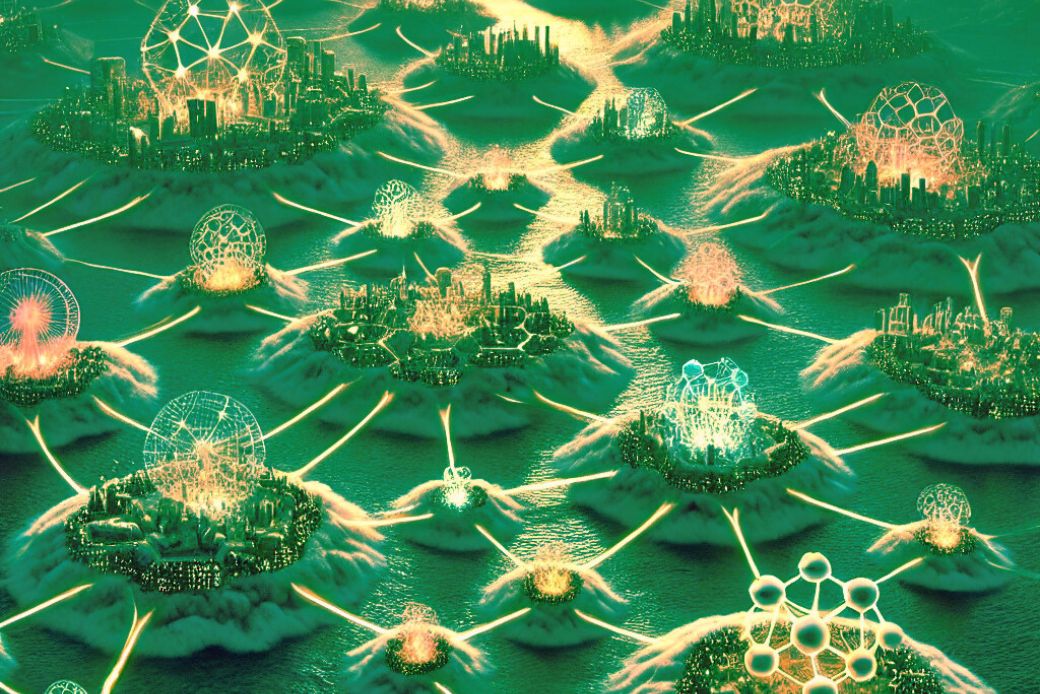
Understanding your ecosystem — who’s doing what, where trust flows, and how your work fits in — is foundational to accessing funding using decentralised frameworks.

On Jan 3, 2009, Satoshi embedded this headline in Bitcoin’s very first block:
“The Times 03/Jan/2009 Chancellor on brink of second bailout for banks.”
This wasn’t just a timestamp—it was a message. A warning. A mission.